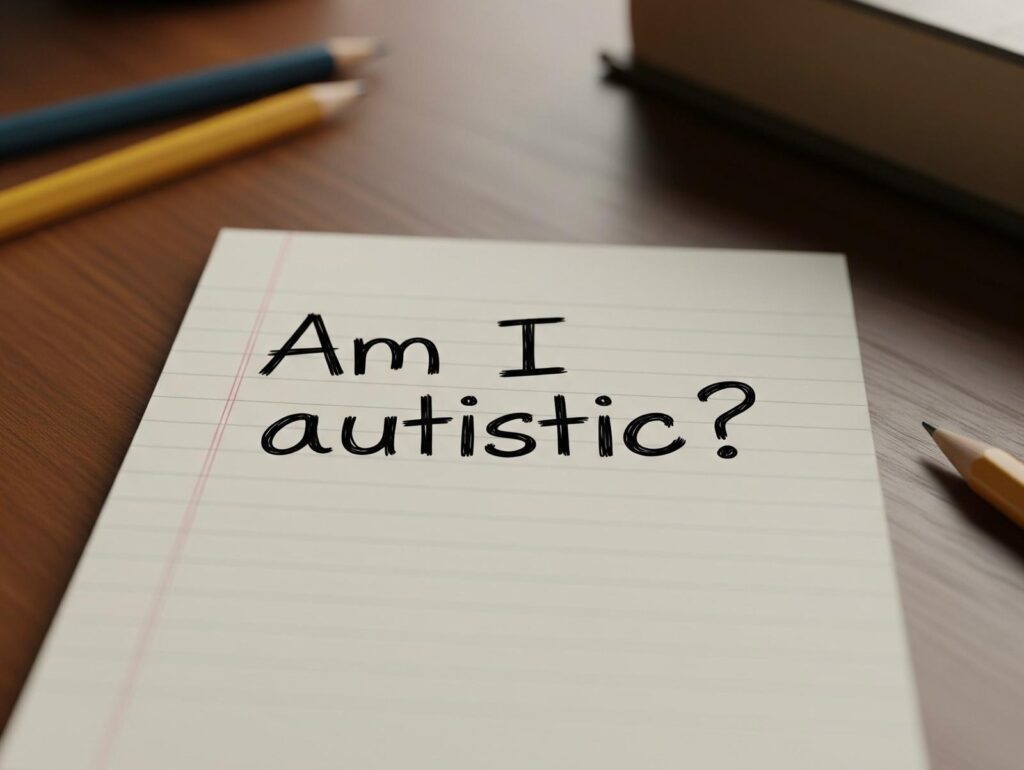Keywords: Erin Paterson psychopathy, mushroom poisoning case, death-cap mushrooms, antisocial personality disorder, PCL-R, forensic psychology Australia, female psychopathy research, true-crime mental-health analysis
1 | Case background
On 7 July 2025 a Victorian Supreme Court jury found Erin Paterson guilty of three counts of murder and one of attempted murder after she served Beef Wellington containing death-cap mushrooms to four relatives in July 2023 (ABC News, 2025). Earlier coverage documented phone-location data and photographs of toxic fungi on Paterson’s kitchen scales, tendered as evidence of pre-planning (Dunstan & Chwasta, 2025). Paterson continues to claim the tragedy was accidental, but testimony from witnesses—including her surviving ex-husband, who declined the luncheon invitation—fuelled public debate about her mental state (Neumann, 2025).
2 | What is psychopathy?
Psychopathy is not a diagnostic label in the Diagnostic and Statistical Manual of Mental Disorders (DSM-5); the nearest category is Antisocial Personality Disorder (ASPD), characterised by a pervasive disregard for, and violation of, the rights of others (American Psychiatric Association, 2013). The gold-standard forensic tool is Hare’s Psychopathy Checklist—Revised (PCL-R), a 20-item clinician-rated scale scored 0–40; scores ≥30 in North America (or ≥25 in many other jurisdictions) indicate prototypical psychopathy (Hare, 2003).
| Interpersonal | Affective | Lifestyle | Antisocial |
|---|---|---|---|
| Glibness/superficial charm | Lack of remorse | Need for stimulation | Poor behavioural controls |
| Grandiose sense of self | Shallow affect | Impulsivity | Early conduct problems |
| Pathological lying | Callous/lack of empathy | Parasitic lifestyle | Criminal versatility |
| Manipulativeness | Failure to accept responsibility | Irresponsibility | Serious rule violations |
3 | Female psychopathy: prevalence and presentation
Traditional research suggested a male:female ratio around 6:1, yet recent work by Boddy (2024) argues the gap may be closer to 1.2:1 because female psychopaths are more likely to use relational and verbal aggression, behaviours older tools under-detect (Boddy, 2024). A large Italian forensic study found that 28 % of female offenders adjudicated “not guilty by reason of insanity” met PCL-R thresholds, confirming the construct’s relevance to women (Carabellese et al., 2019).
4 | Mapping the public evidence to PCL-R facets
Only a qualified clinician with direct access to the individual can score the PCL-R; the discussion below is illustrative.
| Reported behaviour | PCL-R facet(s) | Comment |
|---|---|---|
| Allegedly lied about having cancer to elicit sympathy (court testimony) | Interpersonal (Pathological lying; Manipulativeness) | Fabricated illness stories can create coercive leverage. |
| Invited estranged husband—who declined—while other relatives attended (trial evidence) | Interpersonal/Affective (Callousness; Targeted planning) | Suggests instrumental selection of victims (Neumann, 2025). |
| Discarded food dehydrator after police enquiries (evidence summary) | Lifestyle/Antisocial (Criminal versatility; Evidence destruction) | Indicates foresight and strategic risk management (Dunstan & Chwasta, 2025). |
| Appeared calm and unemotional while victims were critically ill (witness accounts) | Affective (Shallow affect; Lack of remorse) | Consistent with diminished emotional reactivity (ABC News, 2025). |
While several traits—deception, manipulativeness, shallow affect—align with PCL-R items, other required domains (e.g., chronic irresponsibility, early conduct problems) are absent from the public record. A definitive PCL-R score cannot be rendered without developmental history, collateral interviews and structured testing.
5 | Why the label matters
Using the term “psychopath” without rigorous assessment can stigmatise defendants, bias sentencing and perpetuate the myth that all psychopaths are violent (Hare, 2003). Ethical mental-health commentary must therefore balance SEO objectives with scientific accuracy and legal fairness.
6 | Conclusion
Is Erin Paterson a psychopath?
Publicly available evidence demonstrates some psychopathic traits—particularly deceit, calculated planning and apparent lack of remorse. However, psychopathy is a multifactorial construct requiring specialised evaluation. Until a qualified forensic psychologist completes a full PCL-R assessment, the question remains clinically unverified. What is established—beyond reasonable doubt—is her legal culpability for multiple murders.
References
ABC News (2025) ‘Mushroom murder verdict: Erin Paterson found guilty on all counts’, 7 July.
American Psychiatric Association (2013) Diagnostic and Statistical Manual of Mental Disorders, 5th edn. Washington, DC: APA.
Boddy, C. (2024) ‘More women may be psychopaths than previously thought’, The Guardian, 26 February.
Carabellese, F., Felthous, A.R., La Tegola, D. et al. (2019) ‘Female psychopathy: a descriptive national study of socially dangerous NGRI offenders’, International Journal of Law and Psychiatry, 68, 101455.
Dunstan, J. and Chwasta, M. (2025) ‘The evidence laid before the jury in Erin Paterson’s murder trial’, ABC News, 30 June.
Hare, R.D. (2003) The Hare Psychopathy Checklist—Revised, 2nd edn. Toronto: Multi-Health Systems.
Neumann, S. (2025) ‘She said the mushroom meal was “delicious”…’, People, 8 May.
Discover more from Therapy Near Me
Subscribe to get the latest posts sent to your email.







